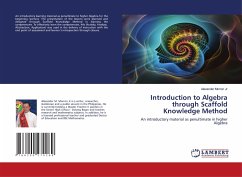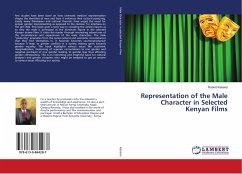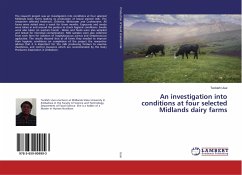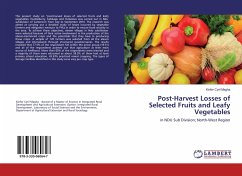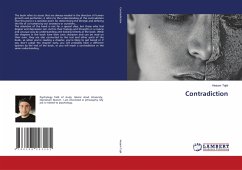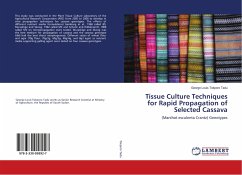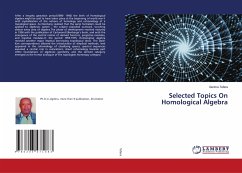
Selected Topics On Homological Algebra
Versandkostenfrei!
Versandfertig in 6-10 Tagen
47,99 €
inkl. MwSt.

PAYBACK Punkte
24 °P sammeln!
After a lengthy gestation period(1890- 1940) the birth of Homological algebra might be said to have taken place at the beginning of world war II with crystallization of the notions of homology and cohomology of a topological space. As Eilenberg realized that the same formalism could be applied to algebraic system , the subject exploded outward, touching almost every area of algebra.The phase of development reached maturity in 1956 with the publication of Cartanand Eilenberge's book, and with the emergence of the central notion of derived functors, projective modules, and injective modules.In t...
After a lengthy gestation period(1890- 1940) the birth of Homological algebra might be said to have taken place at the beginning of world war II with crystallization of the notions of homology and cohomology of a topological space. As Eilenberg realized that the same formalism could be applied to algebraic system , the subject exploded outward, touching almost every area of algebra.The phase of development reached maturity in 1956 with the publication of Cartanand Eilenberge's book, and with the emergence of the central notion of derived functors, projective modules, and injective modules.In the period 1955-1975, Homological algebra received another major impetus borrowing topological ideas. The Dold- Kan correspondence allowed the introduction of simplicial methods, limit appeared in the cohomology of classifying spaces, spectral sequences assumed a central role in calculations, sheaf cohomology became part ofthe foundations of algebraic geometry, and the derived category emerged as the formal analogue of the topologists homotopy category.





